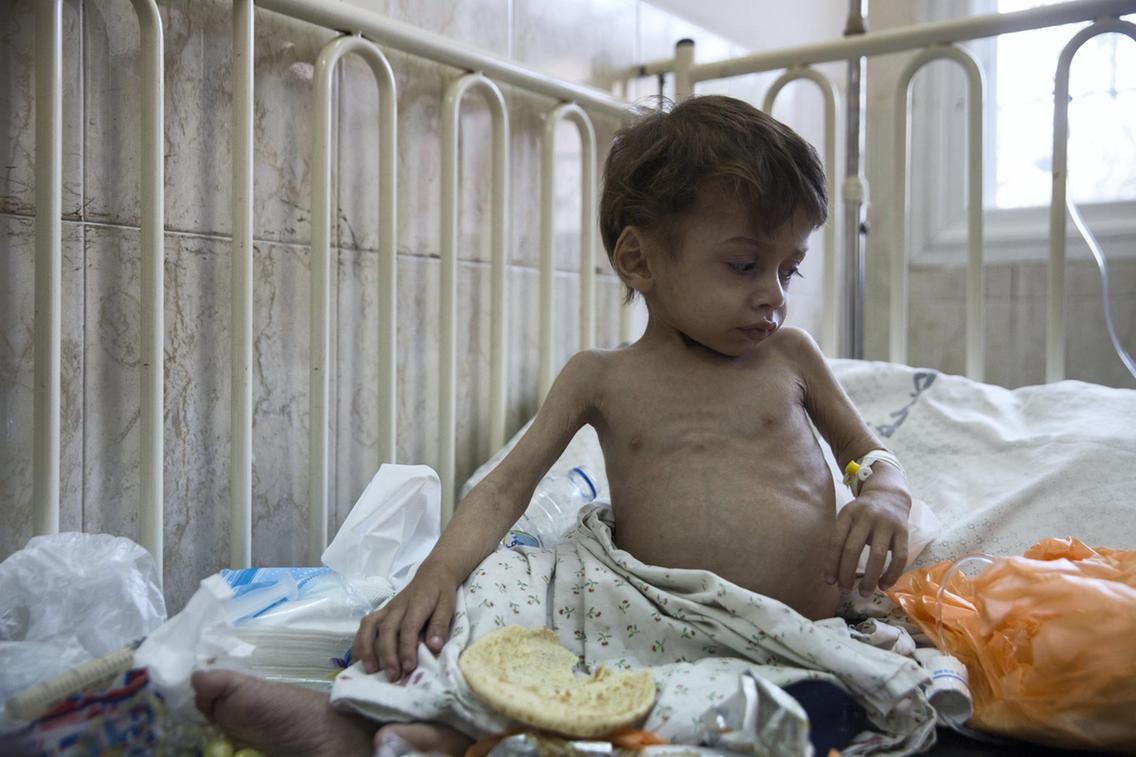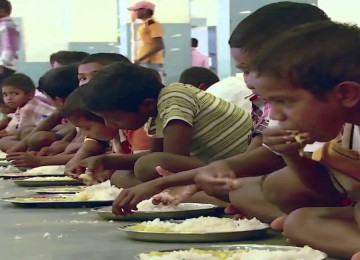Nutrition-related factors contribute to about 45 percent of child deaths under age 5. Among undernourished children who survive, more than one quarter suffer from stunted growth, which can impair neurological development and learning.
Nutrition has been a neglected area of global health and development, accounting for less than 1 percent of global foreign aid. This is largely due to its underlying and often hidden role in child illnesses and deaths.
The problem starts before pregnancy. Women and girls who are not healthy and well-nourished are more likely to have malnourished children. Because poor nutrition compromises the immune system, children who are malnourished are more vulnerable to life-threatening infectious diseases as well as physical and cognitive impairments. This limits their ability to learn in school and reduces their productivity as adults—creating a vicious cycle that prevents families, communities, and countries from lifting themselves out of poverty.
Most undernourished people live in South Asia and Sub-Saharan Africa. Ten countries in those regions account for two-thirds of deaths attributable to poor nutrition. But even in those countries, most people who are undernourished do not show symptoms of extreme hunger or starvation. This “hidden hunger” is invisible to families, communities, and policymakers, which means that nutrition does not get enough attention and national nutrition programs are often underfunded.
Other challenges that contribute to malnutrition include inconsistent access to safe and affordable nutritious food; lack of awareness and understanding of healthy diets among those most at risk; low agricultural productivity made worse by climate change; and poor sanitation and hygiene.
The Opportunity
Over the past decade, research has dramatically expanded our understanding of how to improve nutrition for women and children. We now know, for example, that it is critical to reach children within the 1,000-day period and reach mothers and adolescent girls before, during, and after pregnancy.
A number of nutrition interventions have been shown to significantly improve child health and survival. They include exclusive breastfeeding during the first 6 months of life, fortifying staple foods such as cereal flours and cooking oil and iodizing salt, breeding crops for improved nutritional content, and providing micronutrient supplements such as vitamin A and zinc to children and providing iron and folic acid to mothers before and during pregnancy and while breastfeeding.
In places where these interventions have been broadly used, the results have been striking. In Brazil, for example, efforts to improve and align nutrition and agriculture interventions reduced stunting by 80 percent within a generation. In Vietnam, rates of exclusive breastfeeding have tripled since 2009 as a result of focused efforts to support mothers. Vitamin A supplementation, which helps reduce blindness and childhood death, is now reaching more than 70 percent of children in high-risk countries.
These tools must be scaled up to reach all mothers and children. At the same time, new solutions are also needed. Evidence suggests that fully scaling up current interventions would address only about half of the burden of malnutrition because of its complex causes.


